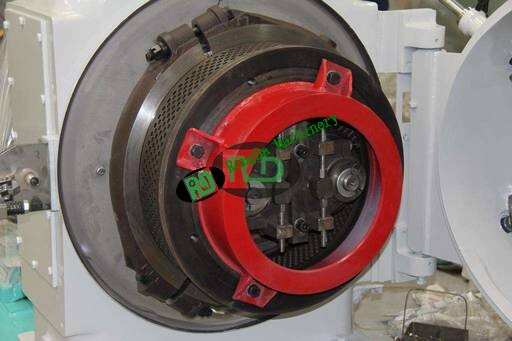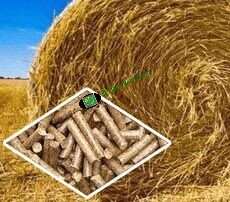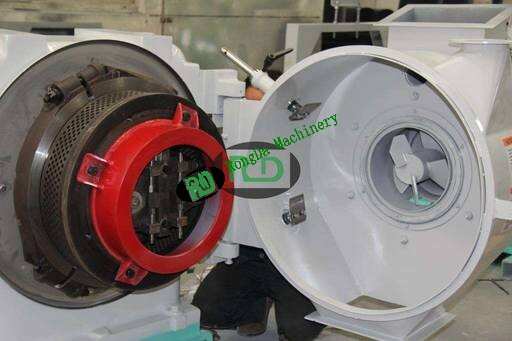Welcome to Rongda Machinery Co., Ltd
Toggle Navigation
So you just bought a biomass pellet machine, expecting to churn out perfect pellets right from day one. Instead, you're getting crumbly, rough-looking pellets that fall apart, plus way too much dust. Sound familiar? Trust me, you're not alone in this frustration.
After working with dozens of customers facing the same headaches, I've noticed these problems usually boil down to a few key issues that manufacturers don't always explain upfront. Let me walk you through what's probably going wrong and how to fix it.

Here's something that catches almost everyone off guard - that shiny new mold isn't actually ready to use. I know it looks perfect, but those molds need proper grinding treatment before they'll give you decent pellets.
Think of it like breaking in a new pair of shoes. The mold surface has to be professionally ground smooth, otherwise you'll get excessive friction that tears up your pellets. What I always tell customers is to mix about 10% machine oil with their first batch of wood chips. This helps create that initial lubrication layer and prevents the mold from wearing out too quickly.
Don't skip the maintenance either. A worn-out mold will give you headaches for months if you're not staying on top of cleaning and lubrication. It's one of those things that seems minor until it isn't.
Raw material moisture content - this one trips up experienced operators too. You're shooting for that sweet spot between 15% and 20%, but here's where it gets interesting.
Too much moisture? Your biomass materials won't stick together during compression. You'll end up with loose, crumbly pellets that break apart if you look at them wrong. But swing too far in the other direction with overly dry materials, and you'll be drowning in powder instead of making pellets. Plus you're wasting raw materials left and right.
Get yourself a decent moisture meter - not the cheap ones that give you wildly different readings every time. It's worth investing in something reliable because guessing moisture content is like trying to bake a cake without measuring ingredients.

Raw material particle size is another area where things can go sideways fast. You want to aim for 1-5mm, but there's more to it than just hitting that range.
When your particles are too large, the press roller and mold take a beating, and your pellet formation rates tank. Go too small though, and your energy consumption shoots through the roof because the machine has to work overtime compressing those tiny particles.
Sieving equipment isn't optional here - it's essential for getting consistent particle size distribution. Without it, you're essentially gambling every time you run a batch.
This is where proper operation really shows its importance. That gap between the mold and press roller assembly? It has to be just right. Too wide and nothing forms properly. Too narrow and you risk damaging expensive components.
I've seen operators struggle with this for weeks because nobody taught them how to adjust it correctly. If you're running a facility, invest in proper operator training. It pays for itself when you're not constantly dealing with quality issues or equipment damage.
Equipment failures will sneak up on you if you're not careful. Bearings, molds, press rollers, lubrication systems - any of these can affect your pellet quality when they start going bad.
Stay ahead of problems with regular maintenance schedules. Replace worn parts before they fail completely, because a breakdown during production will cost you way more than preventive maintenance ever would.
And honestly? Buy from manufacturers who actually stand behind their equipment. Cheap machines from questionable suppliers might save money upfront, but the headaches aren't worth it when something goes wrong.

Look, biomass pellet production isn't rocket science, but it does require attention to details that aren't always obvious. Proper mold preparation, moisture management, particle size control, correct operation, and staying on top of maintenance - get these right and your pellet quality will improve dramatically.
Most of the problems I see could have been avoided with better information upfront. Hopefully this saves you some of the trial and error that comes with figuring it out the hard way.